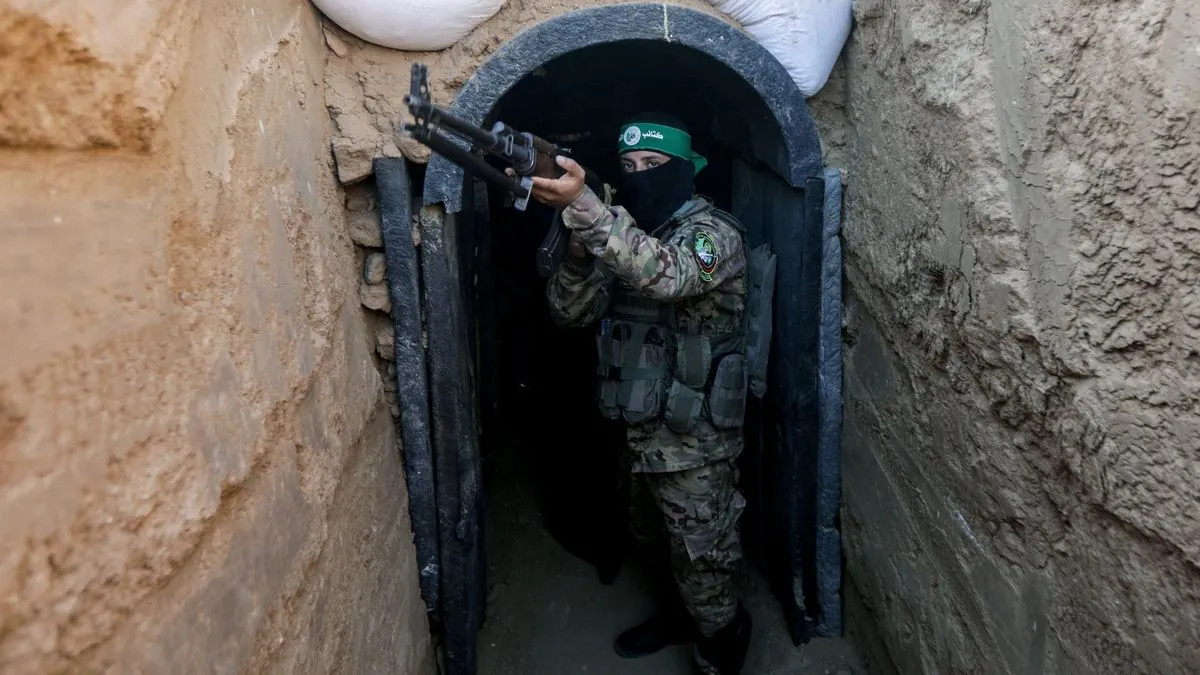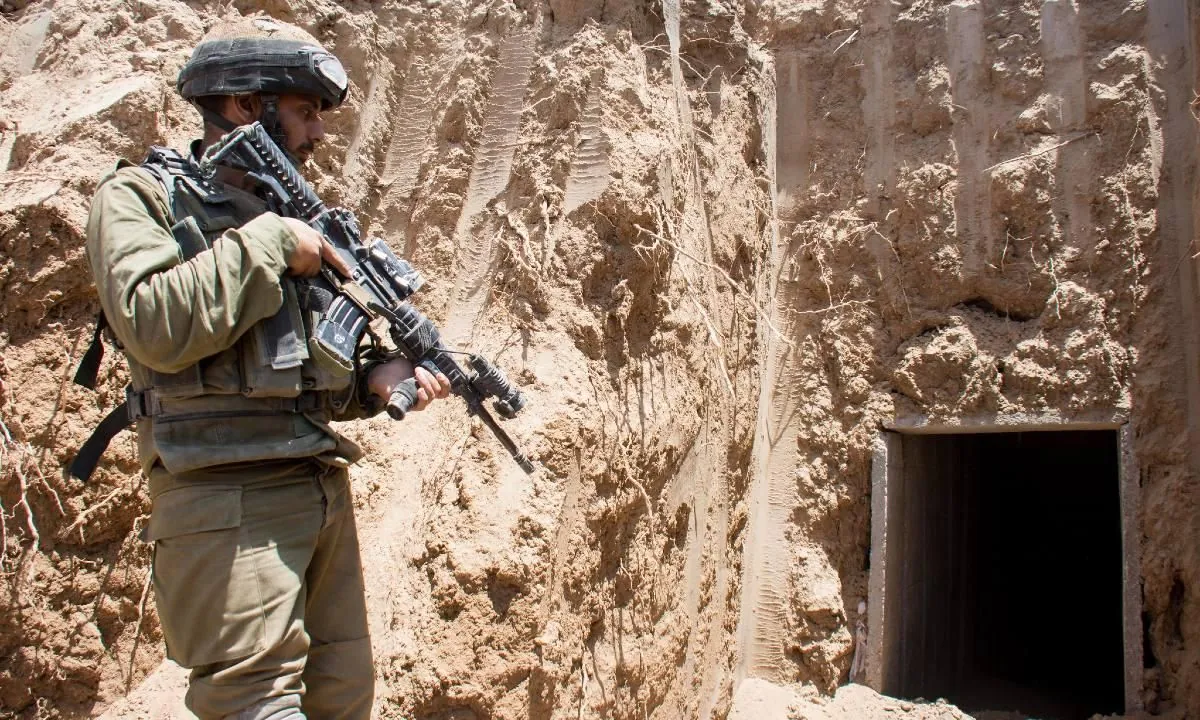IDF's Underground Tactics: Turning the Tide in Gaza Conflict
Israel's military adapts to subterranean warfare, making significant progress against Hamas's tunnel network. New tactics combine surface and underground operations, reshaping the battlefield in Gaza.

The Israel Defence Force (IDF) has made substantial progress in its operations against Hamas in Gaza, largely due to its innovative approach to underground combat. As the conflict approaches its one-year mark, the IDF claims to have neutralized approximately 50% of Hamas fighters, forcing the remaining operatives into a guerrilla-style insurgency.
The key to this success lies in the IDF's ability to navigate and fight within Hamas's extensive tunnel network. Initially caught off guard by the enemy's elusive tactics, Israeli forces developed a new doctrine focusing on coordinated operations both above and below ground. This strategy involves synchronizing air support, special forces, infantry, armor, and naval assets simultaneously on the surface and in the tunnels.

Hamas's underground infrastructure, spanning an estimated 300 miles—larger than the London Underground—posed significant challenges. The network, under construction since 2006, allowed terrorists to appear and disappear at will, using homemade Al-Yassin 105 rocket-propelled grenades with a 250-foot range to attack Israeli forces.
The IDF's initial approach involved clearing areas and bombing tunnel shafts, but this proved ineffective as Hamas fighters simply retreated underground and resurfaced later. Recognizing the need for a new strategy, the IDF formed a special task force to develop tactics for subterranean warfare, drawing inspiration from historical examples such as the Battle of Iwo Jima in World War II.
"If you want to understand how to manoeuvre in Gaza, think from underground up and manoeuvre your forces simultaneously on the surface and in the tunnels."
The decision to enter the tunnels was not taken lightly, given the risks involved. However, it has proven effective in reducing civilian casualties, as Hamas had not permitted Palestinians to shelter in the tunnels. IDF soldiers, equipped with infrared vision, high-tech navigation tools, and specially trained dogs, began descending into the labyrinth in late 2023.
The tunnel system, while extensive, was not designed for combat. Standard tunnels measure 5.5 feet in height, with deeper sections expanding to 10 feet. The network includes living quarters, offices, and even cells for hostages. IDF commanders were surprised to find some Hamas leadership offices just 50-65 feet below the surface.
As the operation progressed, the IDF's efficiency improved dramatically. In Khan Younis, it took four months to clear 37 miles of tunnels between December 2023 and March 2024. By contrast, a similar network in Shejaiya was destroyed in just two weeks in June-July 2024.
Currently, the IDF is focusing on the Philadelphi corridor, a 9-mile strip along the Gaza-Egypt border containing over 200 smuggling tunnels. Combat engineers are systematically searching for and destroying these underground passages.
The destruction of Hamas's tunnel network remains crucial for long-term security in the region. As the conflict continues, the IDF's ability to adapt and overcome the challenges of underground warfare may prove decisive in shaping the outcome of this prolonged engagement.


































